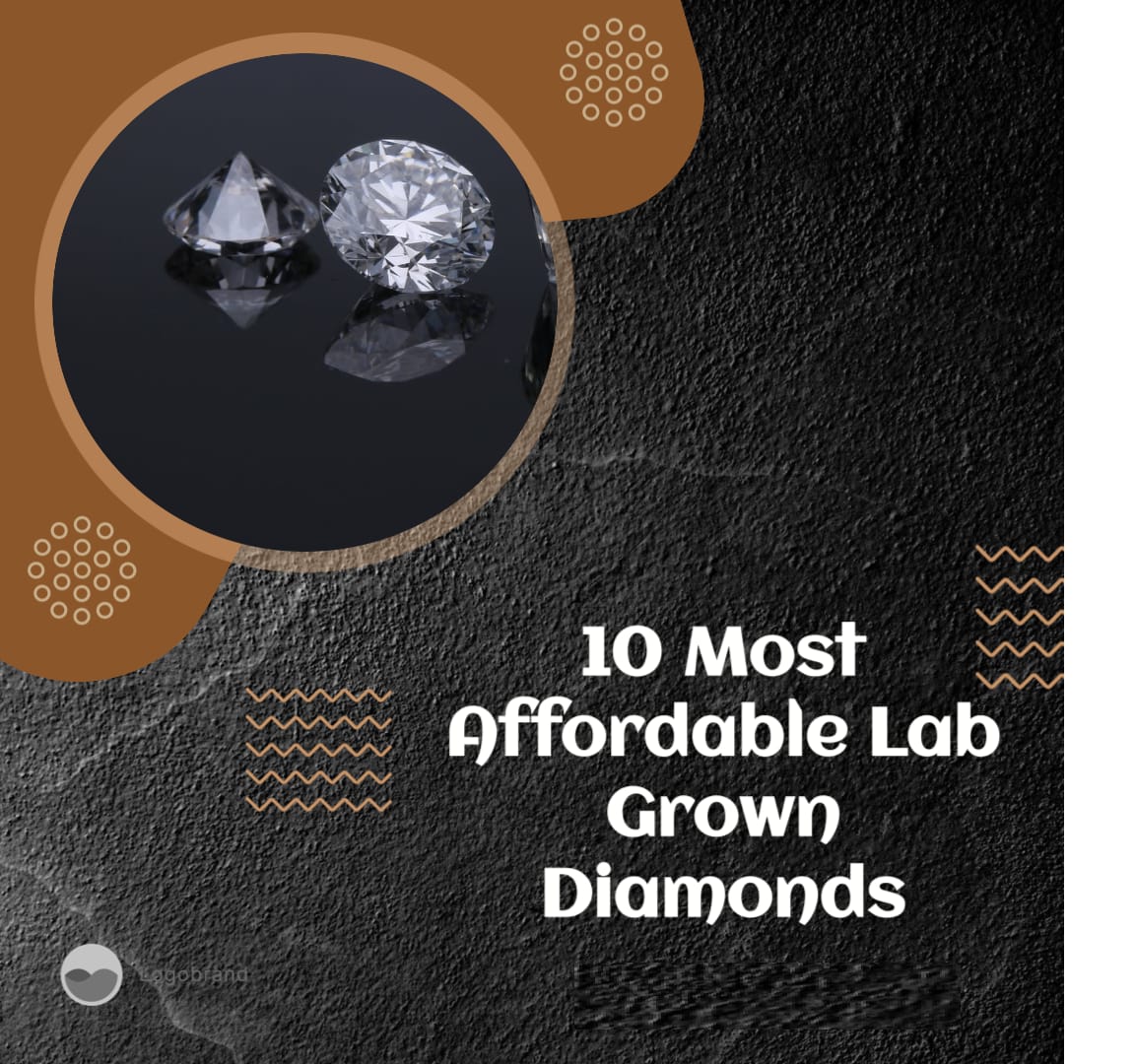In recent years, more and more people have taken to Lab Grown Diamonds as an alternative to mined diamonds. Often called cultured or lab-created diamonds, these stones offer the same brilliance and fire of naturally-occurring diamonds without the cost that comes with their traditional counterparts. However, when it comes to how much you should expect to pay for your Lab Grown Diamond, there are many factors at play, including clarity, size, and color. This guide breaks down 10 of the most affordable Lab Grown Diamonds on the market today.
Shifting away from mining
Lab-grown diamonds are becoming increasingly popular, especially with millennials. The market size for lab-grown diamonds is expected to reach $4 billion by 2026—up from an estimated $2 billion in 2017. Over a third of all millennials have purchased lab-grown diamonds, as have 35% of Gen Xers and 21% of Baby Boomers. A lot of people also don’t realize that many mined diamonds have conflict or blood origins—in addition to being mined in an unethical manner, they often come from places where health and safety regulations are lax at best. If you are looking for a sustainable alternative to earth-mined diamonds, lab grown ones might be right for you. But how do you find affordable ones?
Choosing your diamond
If you’re choosing a lab-grown diamond, it can be easy to fall into one of two traps: Either you set your budget so low that you end up with a lower quality stone or your expectations are so high that you never get anything. If you want to find great value, look for stones at both ends of their price range. Think about how much it would cost to buy an equivalent natural diamond and then compare that with what’s available in lab grown diamonds. You may be surprised by how far prices have fallen in recent years. And if you just need something beautiful to propose with, why spend thousands when hundreds will do? The most important thing is finding something that feels right—not more expensive than necessary but also not too cheap! Lab Grown Diamond Manufacturer.
Lab grown vs mined diamonds
It’s a common question in today’s world of lab grown diamonds. Do they offer all of the same benefits as mined diamonds? For some people, that might be an important factor in choosing between a mined and a lab diamond; for others, it may not matter as much. Let’s take a look at how lab grown and mined diamonds stack up against each other—and which option offers more bang for your buck.
What types of diamonds are available?
Lab-grown diamonds are referred to as synthetic diamonds or cultured diamonds. They’re manufactured in a lab, and they look like mined diamonds but cost much less. Lab-grown diamonds are typically used as gems in rings, earrings, and necklaces; they’re not used in engagement rings because they have no certification. Because synthetic stones can be grown to almost any size and quality, you don’t need to spend hundreds of thousands of dollars on an expensive diamond from a jewelry store. Instead, you can purchase your lab-grown diamond that looks just like an expensive stone for a fraction of the price.
Price and quality
There are a few different diamond shapes that you may be looking for, and it’s important to know which ones are unique in what ways. Asscher cut diamonds are square-shaped with 90-degree angles, making them appear even larger than they already are. Princess cut diamonds have 58 facets on their crown and 57 on their pavilion. Lastly, there is a radiant cut diamond that consists of a 58-faceted crown and a 57-faceted pavilion which make them appear brighter than other cuts (though these diamonds tend to cost more as well). The good news is that you don’t have to be a gemologist to know how to spot a quality diamond as long as you know where to look.
Different diamond shapes – how they differ
The cu,t, color, and clarity of a diamond are what makes it sparkle. But if you’re a fan of clarity, but want to avoid any unnecessary roughness, opt for round-cut diamonds. They’re clean and elegant in design, which also makes them easy to pair with other types of cuts and shapes. If you need something more unconventional or eye-catching, choose another shape—but keep in mind that they may not be as clear or faceted as round cuts. With that said, here are 10 popular lab-grown diamond shapes
Carat size – what matters most?
When shopping for a lab-grown diamond, carat size is usually an important factor. Smaller carats will usually cost more per carat than larger ones. Consider a lab-grown diamond that’s close to one and a half times your budget—this will give you some room to play with other factors such as cut and clarity. Also, Find CVD Diamonds.
Cut – the importance of being precise
There are several key factors to consider when you’re shopping for a lab-grown diamond: cut, color, clarity, and carat. The ‘cut’ of a stone refers to its proportions and symmetry, which is ultimately responsible for how well light bounces off its surface. Color, which is measured on a scale from D (colorless) to Z (light yellow), dictates how much of that reflected light refracts inside your stone.
Consider Synthetic Diamonds Too!
Lab-grown diamonds are real diamonds. The only difference is that they are grown in a lab instead of being mined from the earth. In addition to choosing a lab-grown diamond, you may want to consider synthetic diamonds as well. Synthetic diamonds have a lower cost per carat than lab-grown diamonds, but they will still give you a high-quality stone. You should talk with your jeweler about what’s best for your budget and needs.




